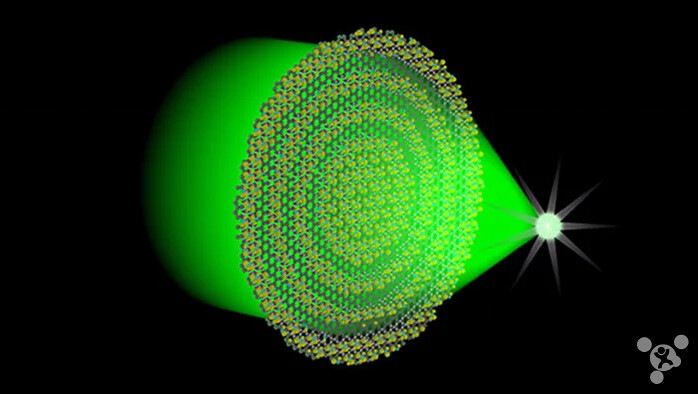Wei Feng network on February 1, about Graphene material, we've heard a lot of news. As a new material, until 2004 when it was United Kingdom Manchester University physicist Andre geim and Constantine-novoselov found together, the two men also shared the 2010 Nobel Prize in physics. And now, in addition to what we know of outside influence on battery, also in terms of use of this material.
With the development of nano-optics and photonic chip, old-style frosted glass lens has been unable to continue the miniaturization. Recently, Australia Swinburne University of technology made a breakthrough in this regard, they have developed a thickness is only one-zero meters thick Graphene micro-lens. Can take a single bacteria the size of images clearly, at the same time, it will in the electronics, Nano-satellites, computers and other fields have an impact.

In this technique, the biggest obstacle comes from "diffraction limited"--which theoretically limits the resolution of the specific lens. In the past, people try to holography, laser and electronic methods to overcome the diffraction limit, although it achieved some success, but due to the high cost and complexity, is not very applicable.
Now, the team break-from micro-Photonic Centre doctor Zheng Xiaorui (transliteration), he uses graphene oxide forms a lens. This material enables the team to create a paper of 1/300 thin and weighs less than 1 µg of ultra thin Planar lens. This is effectively "printing" lenses, their solution is to spray a layer of graphene oxide and then laser "molded" round.
Once the technology mature enough, will have a profound impact in a variety of areas, it is a study of human science and technology is of great significance. The study results were published in a recent edition of nature newsletter.
[Article correction]
Collection is the collection of 1542 Ted Baker iPhone 6
Tags: Science and technology Design And anecdotes Ted Baker iPhone 6 cover

No comments:
Post a Comment